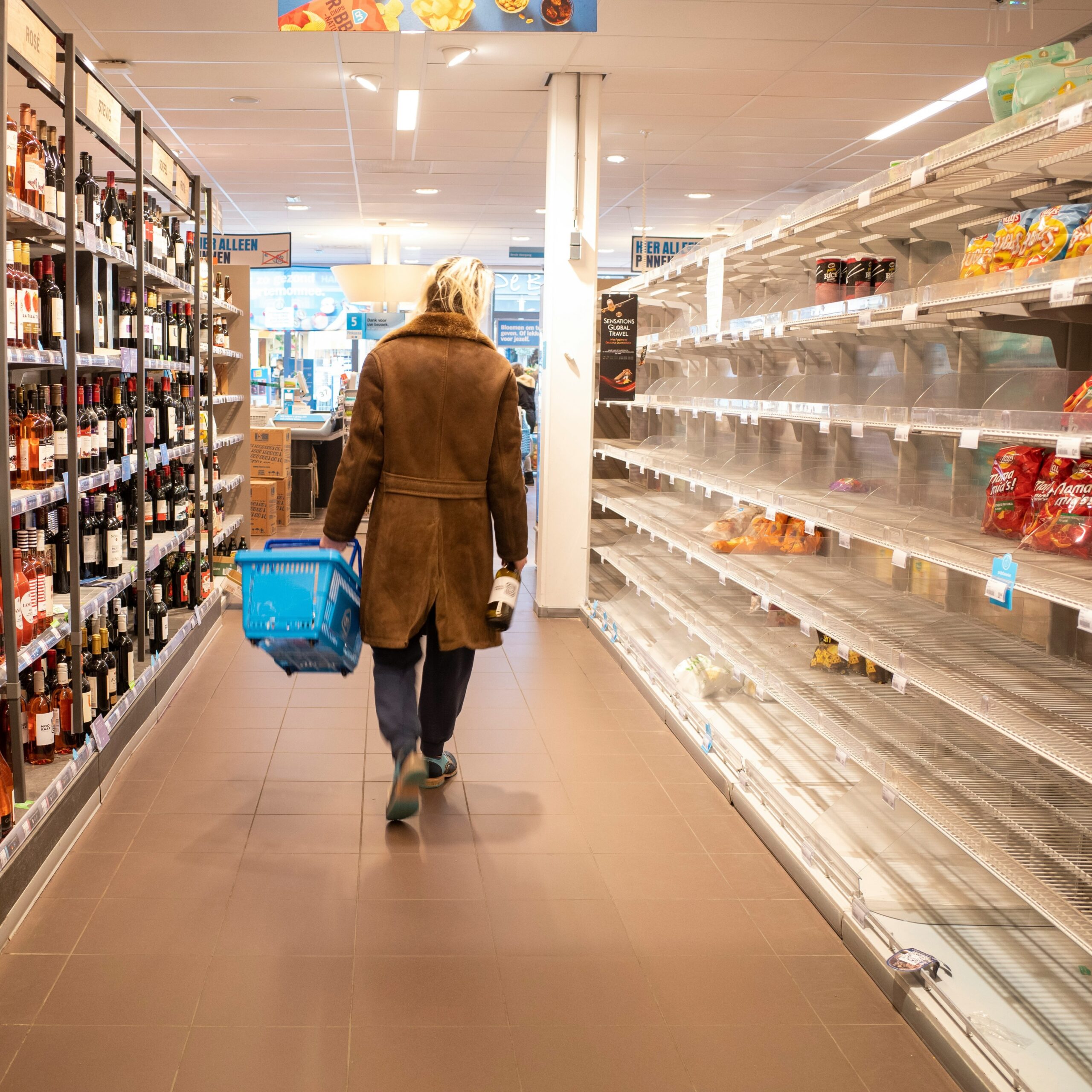A woman in Costa Mesa, California, was trapped inside her Tesla for 40 minutes. Outside, people walked around the car, but she made no effort to call for help because her car told her to stay inside.
Imagine you were stuck in your car while mere feet away; people walk out of Chick-fil-A with ice-cold glasses of lemonade. Would you panic and bang on the window as the internal temperature rose to 103° F?
When this woman realized how desperate the situation was, she did what any sane person would; she recorded a TikTok. I have to wonder if she would have stayed in the car if she began to feel symptoms of heat stroke, or that she might pass out.

See her stuck in her Tesla on TikTok
The novel I just finished, The Water Carriers, takes place in the near future when the world has been ravaged by floods and drought. The story is not so much about this ecological disaster but about what it’s like to live day to day in this extreme environment, where power is found in unexpected places.
A future like this isn’t difficult to imagine. This Summer is sure to be the same as last year: heat waves and perhaps the orange sky of forest fires. The East Coast will no doubt experience record hurricanes and flooding. There will be a new term for weather I’ve never heard before. Perhaps something like a “heat hurricane,” or a “wind cataclysm.”
I thought a lot about why people don’t recognize change. In fact, why do people stay put when a hurricane is bearing down on their home or a nearby volcano threatens to bury them in lava? Why don’t more people prepare more for emergencies? There’s a term for this: normalcy bias.
Normalcy bias is a powerful psychological phenomenon that influences how we perceive and respond to extreme situations. Our brains are wired to operate efficiently, filtering through vast amounts of information to keep us functioning in our day-to-day lives.
When something gives us stress, like imminent danger, we try not to overreact; we maintain normalcy by rationalizing that the change is now normal. The decision to prepare or remove ourselves from danger is more extreme, and that makes us uncomfortable. In other words, we would rather die than die of embarrassment.
How can we overcome normalcy bias and take proactive steps to prepare for emergencies? One approach is to start with small actions to help our brains process the situation more effectively. Instead of waiting until the last minute to evacuate or gather supplies, consider taking incremental steps such as filling jugs with water, packing essentials, or running to the store for supplies.
By breaking the task into smaller, more manageable actions, we can gradually acclimate ourselves to the idea of preparing for the emergency without feeling overwhelmed. These small activities help us process bigger ideas and make it easier to take more significant steps toward ensuring our safety and well-being.
Next time you feel imminent doom, take a small step. For example, stock up on water or toilet paper or, I don’t know, open the door and order lemonade.

